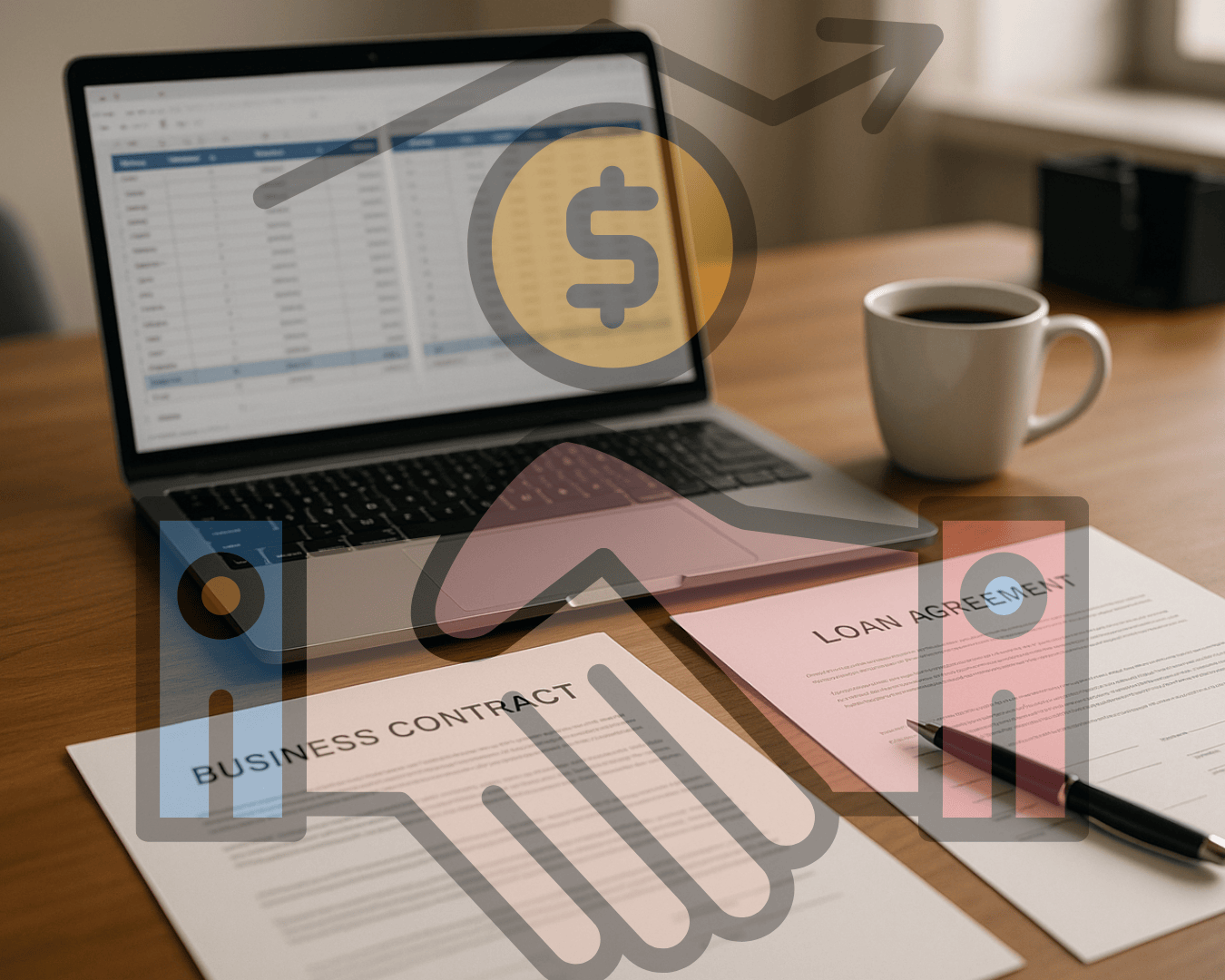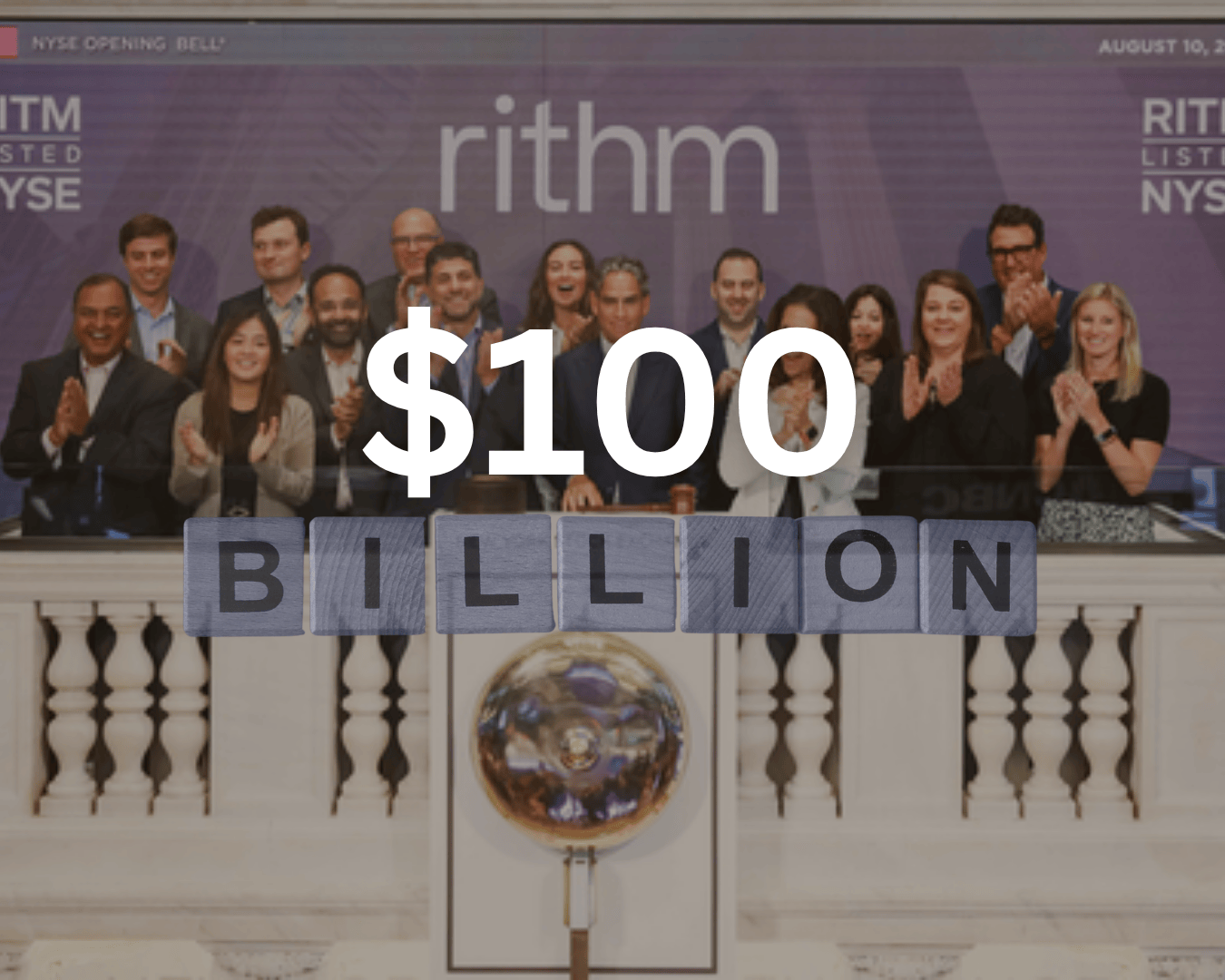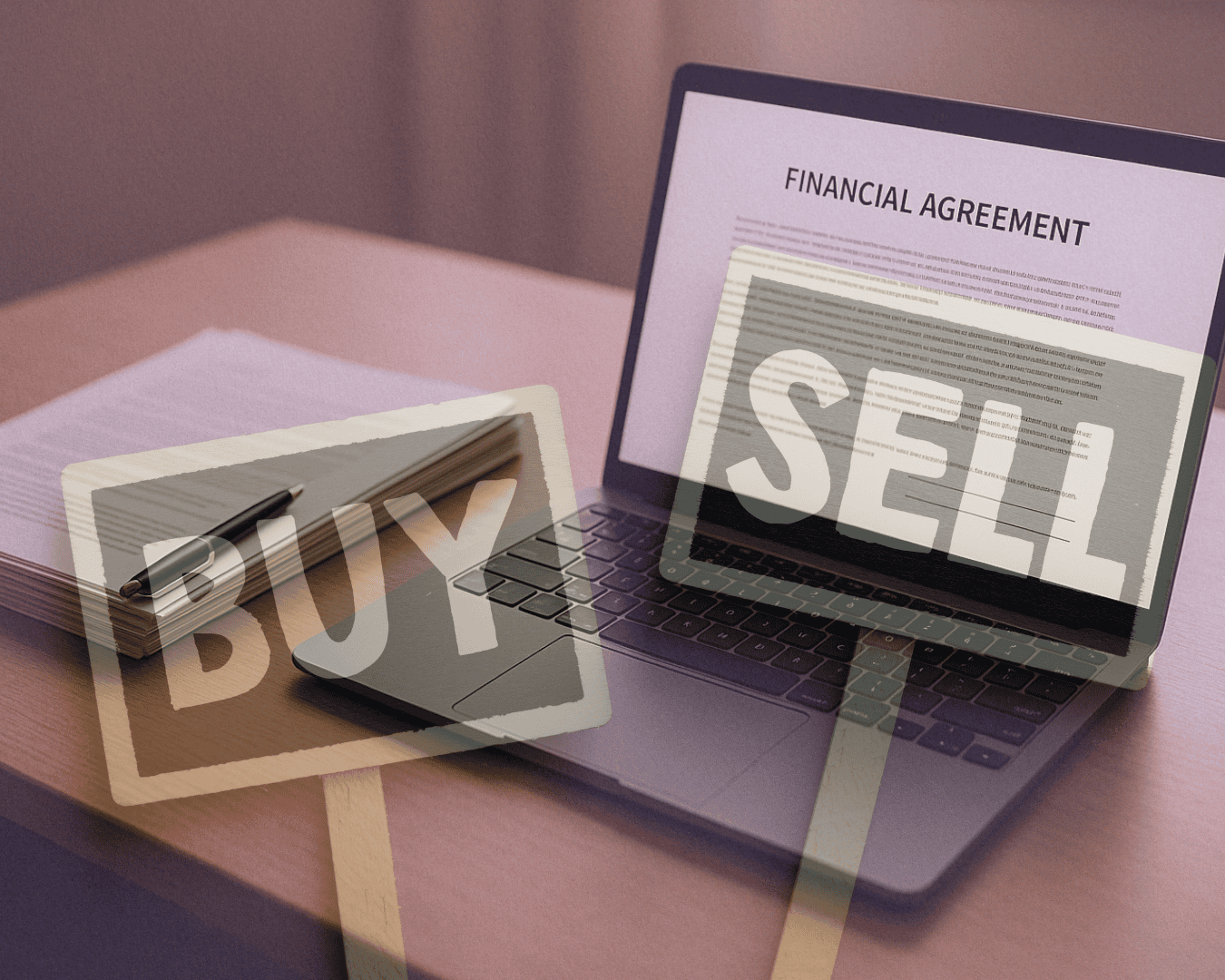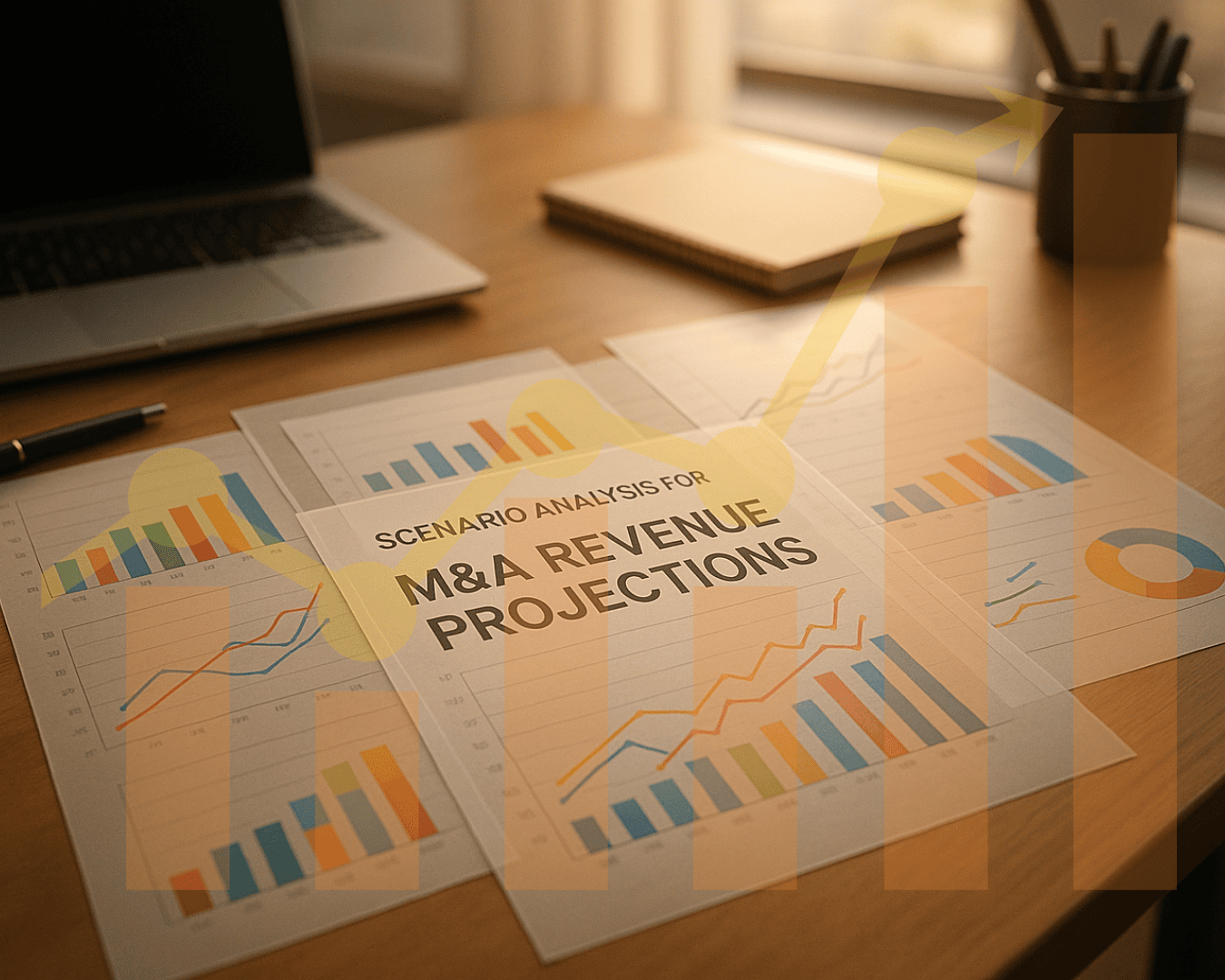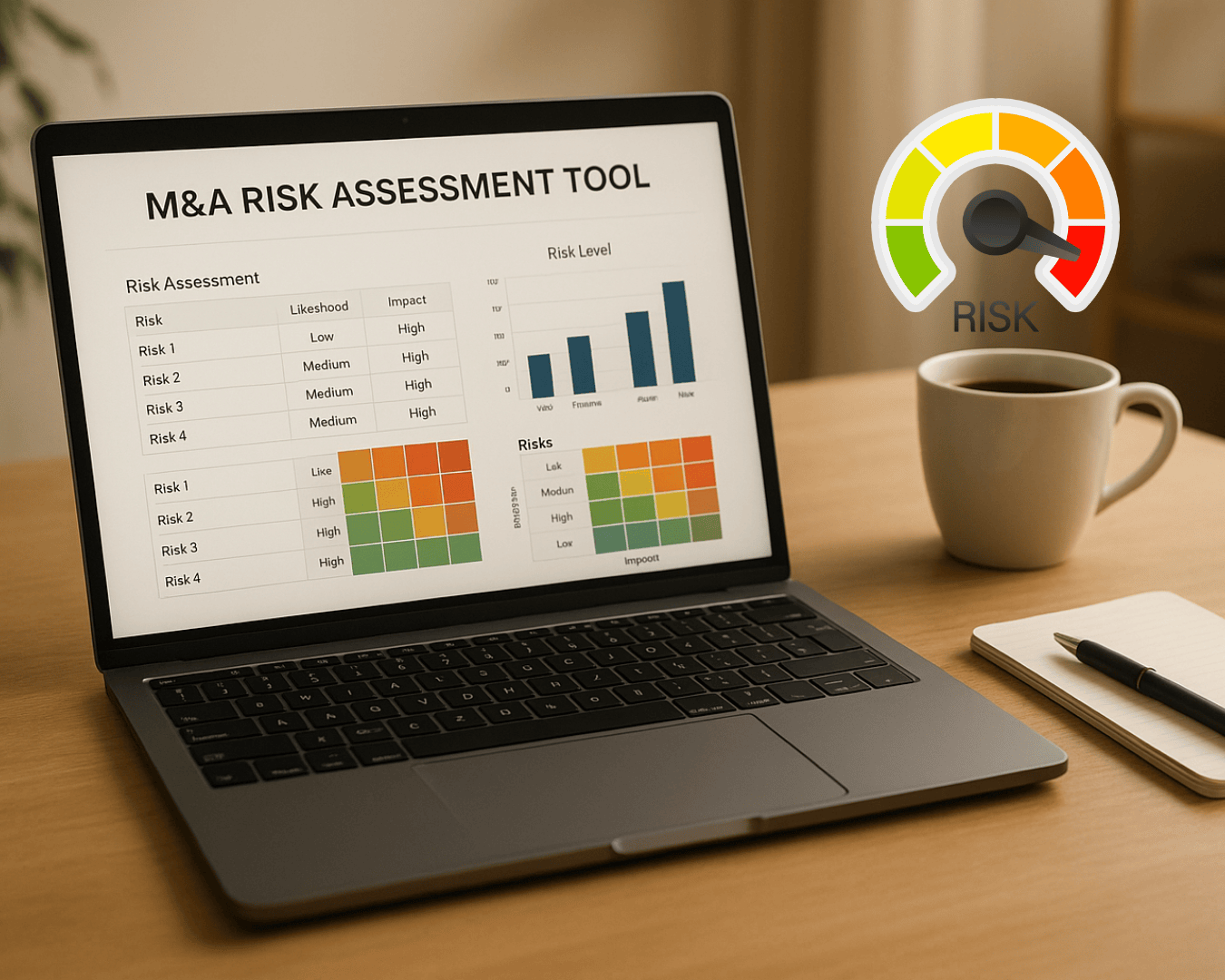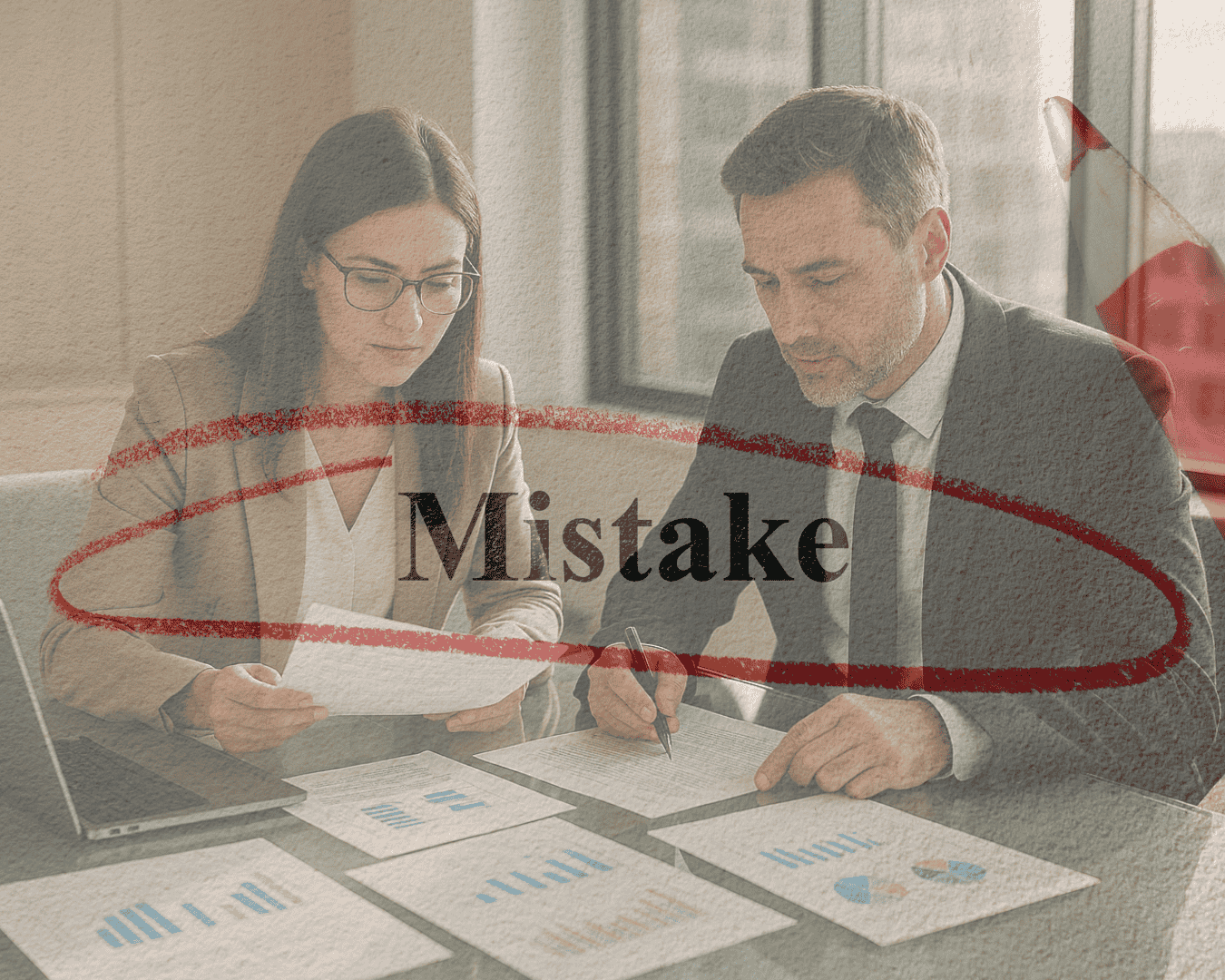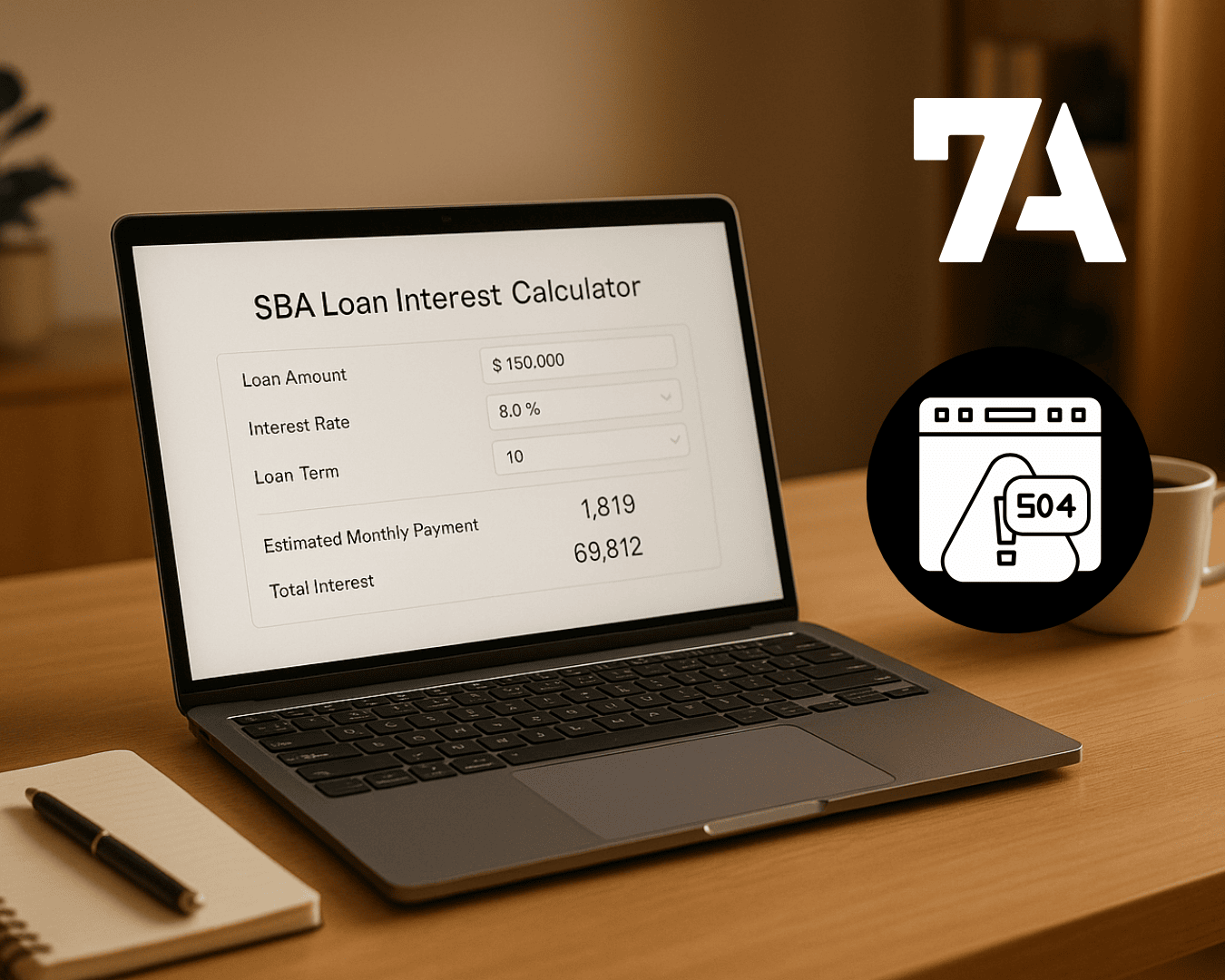Partnership buyouts occur when one partner purchases another’s share of a business. This process involves legal agreements, financial planning, and often, business valuation. Reasons for buyouts range from partner conflicts to retirement or the need for liquidity.
Here’s a quick breakdown:
- Key Steps: Legal agreements, valuation, tax planning, financing, and closing.
- Valuation Methods: Asset-based, income-based (e.g., Discounted Cash Flow), and market-based approaches.
- Tax Considerations: Capital gains for the seller; deductible or capital expenses for the buyer.
- Financing Options: Bank loans, SBA loans (e.g., 7(a) program), and seller financing.
- Closing: Finalizing documents, ownership transfer, and compliance updates.
Tech-enabled solutions, like platforms such as Clearly Acquired, simplify buyouts with automation, financing access, and streamlined processes. While these tools save time and reduce costs, complex partnerships may still require traditional legal and financial expertise.
The choice between standard and tech-enabled methods depends on your business needs, complexity, and desired efficiency.
How to Buy Out Your Partner with an SBA loan
1. Standard Partnership Buyout Process
The traditional partnership buyout process follows well-established legal and financial steps. These steps ensure clarity and fairness, covering everything from valuation to finalizing the transaction.
Legal Framework
A partnership agreement is the foundation of the buyout process. It typically outlines the procedures for buyouts, valuation methods, and payment terms. If no such agreement exists, state laws step in to ensure the departing partner receives their share.
Key legal documents include a buyout agreement, which specifies the purchase price, payment schedule, and ownership transfer terms. This document should also address post-buyout obligations, non-compete clauses, and responsibility for any outstanding debts. To protect their interests, both parties should seek independent legal counsel.
Once the legal groundwork is in place, the next step is determining the value of the departing partner’s share.
Valuation Methods
Accurate valuation is critical to avoid disputes. Independent appraisers are often brought in to assess the partner's stake fairly.
- Asset-based approach: This method focuses on the business's tangible assets - like property, equipment, and inventory - minus liabilities. It’s particularly effective for businesses with significant physical assets.
- Income-based approach: This approach evaluates the business based on its future earning potential. A popular method here is Discounted Cash Flow (DCF) analysis, which calculates the present value of projected cash flows. For online businesses, the Seller’s Discretionary Earnings (SDE) multiple method is frequently used. In this case, the business value equals SDE multiplied by an agreed-upon multiple.
"When it comes to privately held online businesses, the SDE multiple method is the most commonly used method for valuing a business." - Quiet Light
- Market-based approach: This method compares the business to similar companies recently sold within the same industry or region. Price-to-earnings ratios are often applied to determine value based on the company’s earnings.
For professional service firms, specific benchmarks are often used. For example, law firm buyouts typically range from 0.6 to 1.0 times annual gross revenues or 1.2 to 2.0 times net income.
Tax Implications
Tax consequences are an important consideration for both the departing and remaining partners. The departing partner may face capital gains tax on the difference between their stake’s basis and the buyout price.
For the remaining partners, the tax treatment of buyout payments depends on whether they are classified as deductible business expenses or capital expenditures. Section 736 of the Internal Revenue Code governs these distinctions, covering payments for partnership property and goodwill or intangible assets.
To ease the tax burden, installment payment structures are sometimes used. These allow the departing partner to spread out tax liabilities over several years, but they must be carefully planned to meet IRS regulations. Proper tax planning ensures the buyout doesn’t jeopardize the long-term financial health of the business.
Financing Options
Securing financing is often the final hurdle in completing a buyout.
- Bank loans: These are the most common option, typically requiring personal guarantees from the remaining partners and collateral from the business.
- SBA loans: The Small Business Administration (SBA) offers favorable terms for qualifying buyouts, including longer repayment periods and lower down payments. The SBA 7(a) program is specifically designed for partner buyouts.
- Seller financing: In this arrangement, the departing partner acts as the lender, receiving payments over time with interest.
"Most small businesses are valued based on the cash flow and assets." - yourbizbroker, Business broker
Additional options like equipment financing and lines of credit can help fill any funding gaps, especially if the business has assets that can serve as collateral.
Closing and Compliance
The closing stage is where everything comes together. This includes finalizing all documents, transferring ownership, updating registrations and licenses, and setting up escrow accounts to manage potential post-closing liabilities.
Due diligence continues through this phase, ensuring all financial statements, asset valuations, and legal responsibilities are verified. The departing partner must formally withdraw from the partnership, which may require specific state filings and notifications to relevant third parties.
To protect both parties, escrow arrangements often hold a portion of the buyout funds for 12 to 18 months. This buffer provides security during the transition period.
Finally, the remaining partners should update the partnership agreement to reflect the new ownership structure and operational roles. A smooth closing process ensures a stable transition and prepares the business for future opportunities.
2. Tech-Enabled Buyout Solutions (e.g., Clearly Acquired)
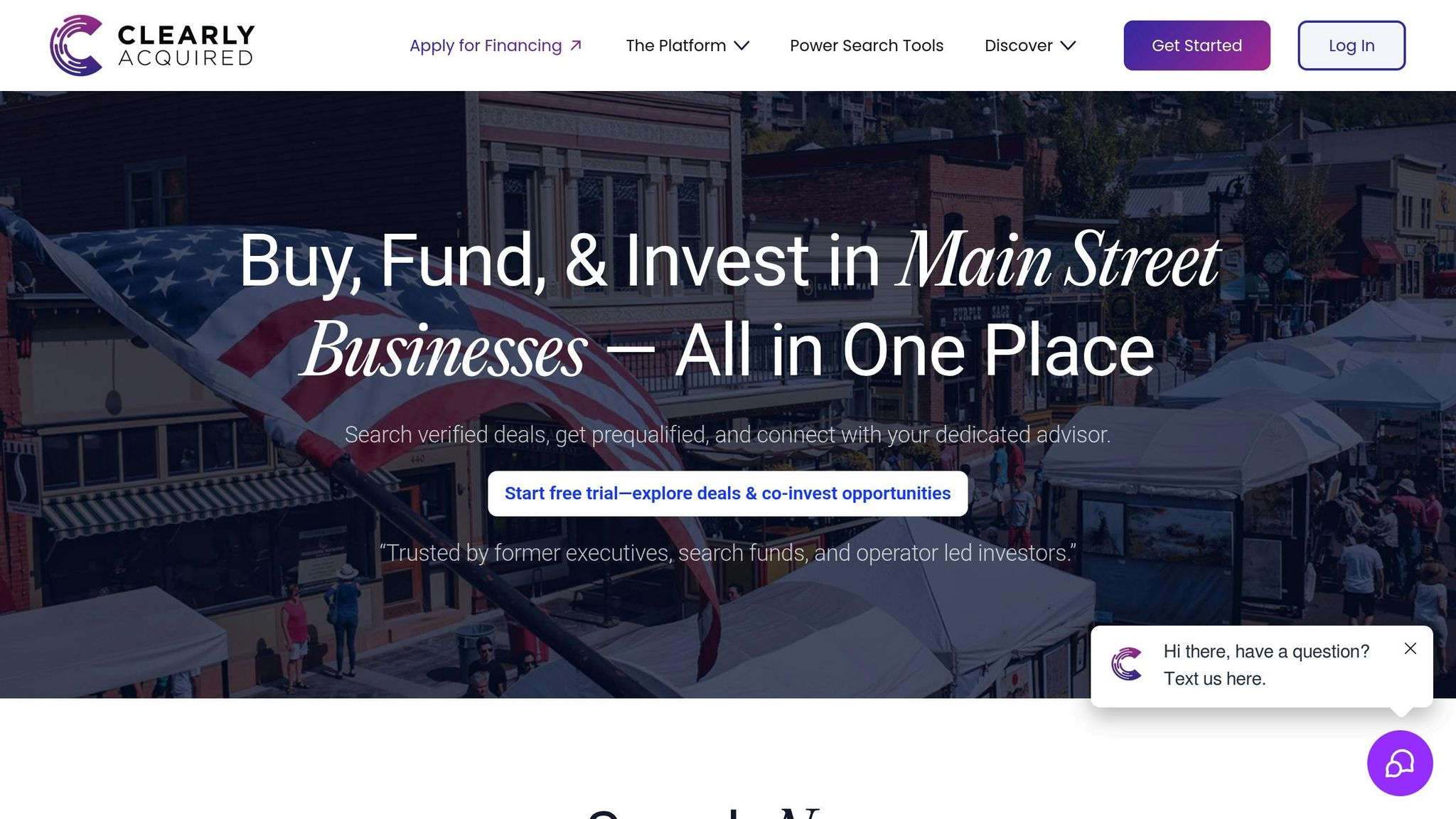
Traditional buyouts typically involve a series of legal and financial steps that can be time-consuming and complex. However, tech-enabled platforms are transforming this process by introducing digital tools and automation to make things quicker and more efficient. These solutions simplify partnership buyouts by streamlining tasks like financing, due diligence, and advisory services.
Take Clearly Acquired as an example. This platform connects small business owners directly with a range of capital providers, helping them secure funding with less hassle. By using digital automation and offering transparent deal management, it reduces the usual friction that comes with such transactions, making the process smoother for everyone involved.
sbb-itb-a3ef7c1
Pros and Cons
When comparing traditional buyouts to tech-enabled options, it's clear that each has its own strengths and challenges. The right choice often depends on the specific needs of the partnership and the nature of the transaction.
Traditional buyouts rely on well-established legal frameworks and the expertise of seasoned professionals, such as attorneys and financial advisors. This approach offers a highly personalized experience, ensuring solutions are tailored to the unique details of each partnership agreement. However, this level of customization comes at a price - higher legal fees, multiple advisor consultations, and extended negotiation timelines. These factors can not only increase costs but also disrupt ongoing business operations.
On the other hand, tech-enabled platforms introduce a modern, streamlined alternative. By using tools like automated NDA management, centralized deal platforms, and AI-driven analytics, these solutions simplify many of the manual tasks involved in buyouts. They also consolidate access to financing options, such as SBA loans, credit lines, and equity funding, all within a single platform. This integration helps reduce transaction costs and speeds up the process. The table below breaks down the key differences:
| Factor | Traditional Buyouts | Tech-Enabled Solutions |
|---|---|---|
| Speed | Lengthy process | Faster through automation |
| Cost | Higher legal and advisory fees | Lower costs via integrated platforms |
| Complexity | Requires coordination among multiple providers | Simplified with centralized management |
| Customization | Highly tailored solutions | Standardized with some flexibility |
| Risk Management | Human oversight | Data-driven analytics and automation |
| Access to Financing | Relies on advisor networks | Broad financing options integrated |
Despite their advantages, tech-enabled platforms aren't always the best fit for every situation. Highly complex or uniquely structured partnerships may require the nuanced attention that traditional methods provide. Additionally, some business owners value the personal touch and direct communication that come with working closely with advisors.
Conclusion
Choosing the right buyout approach is all about finding what works best for your partnership's specific needs. Partnership buyouts require a thoughtful balance of legal and financial considerations to ensure a smooth transition.
If your business goals demand detailed, customized support, traditional buyouts are often the way to go. These are ideal for more complex partnerships that need tailored legal and financial guidance. On the other hand, tech-enabled platforms like Clearly Acquired provide an option for those seeking quicker, more cost-effective solutions. These platforms streamline the process with integrated financing and automation.
No matter which path you take, some key steps are essential. These include getting an independent business valuation, maintaining strong relationships throughout the process, and ensuring all legal documentation is handled properly.
Ultimately, the goal is to secure your business’s future without disrupting its day-to-day operations. Whether you lean on traditional advisory services or embrace a tech-driven solution, focus on strategies that protect the interests of everyone involved and preserve the value of what you’ve worked hard to build.
FAQs
What are the main reasons for a partnership buyout, and how do they affect the process?
Partnership buyouts happen for various reasons - maybe a partner is retiring, looking to leave the business, wants to cash out their investment, or aims to take full control of the company. Each of these scenarios shapes the buyout process, affecting things like how the business is valued, how negotiations unfold, and the legal steps involved.
The reason behind the buyout plays a big role in how it’s handled. For instance, if a partner is retiring, succession planning becomes a key focus. On the other hand, if someone wants sole ownership, the discussions and agreements may be more intricate. To ensure everything goes smoothly and to tackle any tax or financial challenges, careful planning and expert advice are crucial.
What are the benefits of using tech-enabled platforms for partnership buyouts?
Tech-enabled platforms are changing the game when it comes to partnership buyouts. By automating essential tasks, minimizing errors, and centralizing critical functions, these tools make the entire process faster and more efficient. Many of these platforms leverage AI-powered tools to handle legal documentation, navigate complex financial arrangements, and streamline fund management.
One of their standout features is the ability to provide real-time data and analytics. This not only speeds up decision-making but also boosts transparency and fosters better collaboration among all parties involved. Compared to the slower, error-prone traditional methods, these modern solutions offer a more seamless and reliable way to close deals, giving businesses the confidence they need to move forward.
What tax implications should departing and remaining partners consider during a partnership buyout?
In the U.S., a partnership buyout comes with notable tax consequences for both the partner leaving and those staying. For the departing partner, any payment they receive that exceeds their basis in the partnership is usually considered taxable income. This income could be taxed as either ordinary income or capital gains, depending on the specific details of the transaction.
For the partners who remain, buyout payments might be deductible as either guaranteed payments or partnership expenses. These payments are generally taxed as ordinary income for the recipient. However, the exact tax treatment varies based on how the payments are categorized - whether they’re classified as a sale of interest, guaranteed payments, or liquidation distributions. To navigate these complexities and achieve the best tax results, consulting a tax advisor is highly recommended for everyone involved.













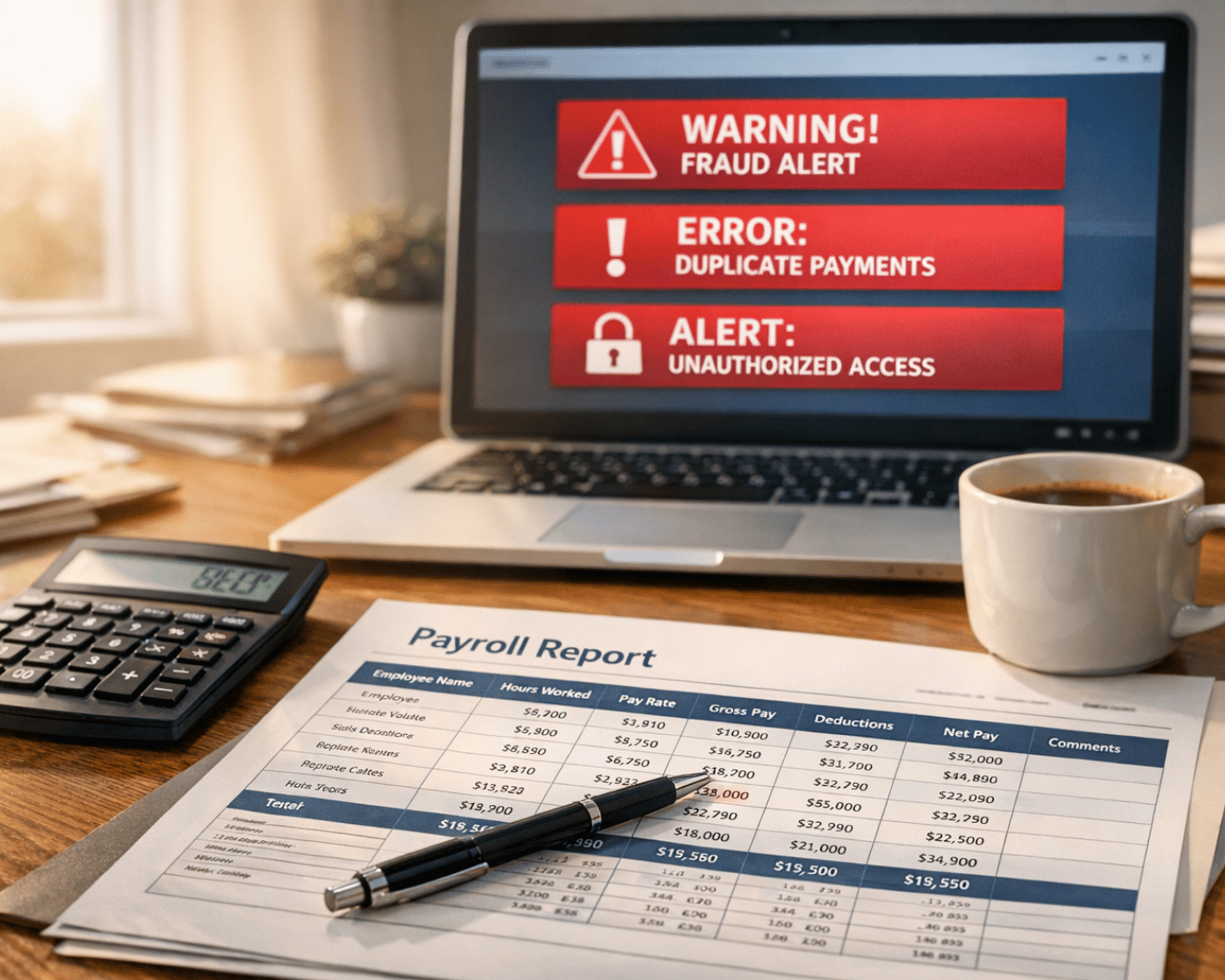






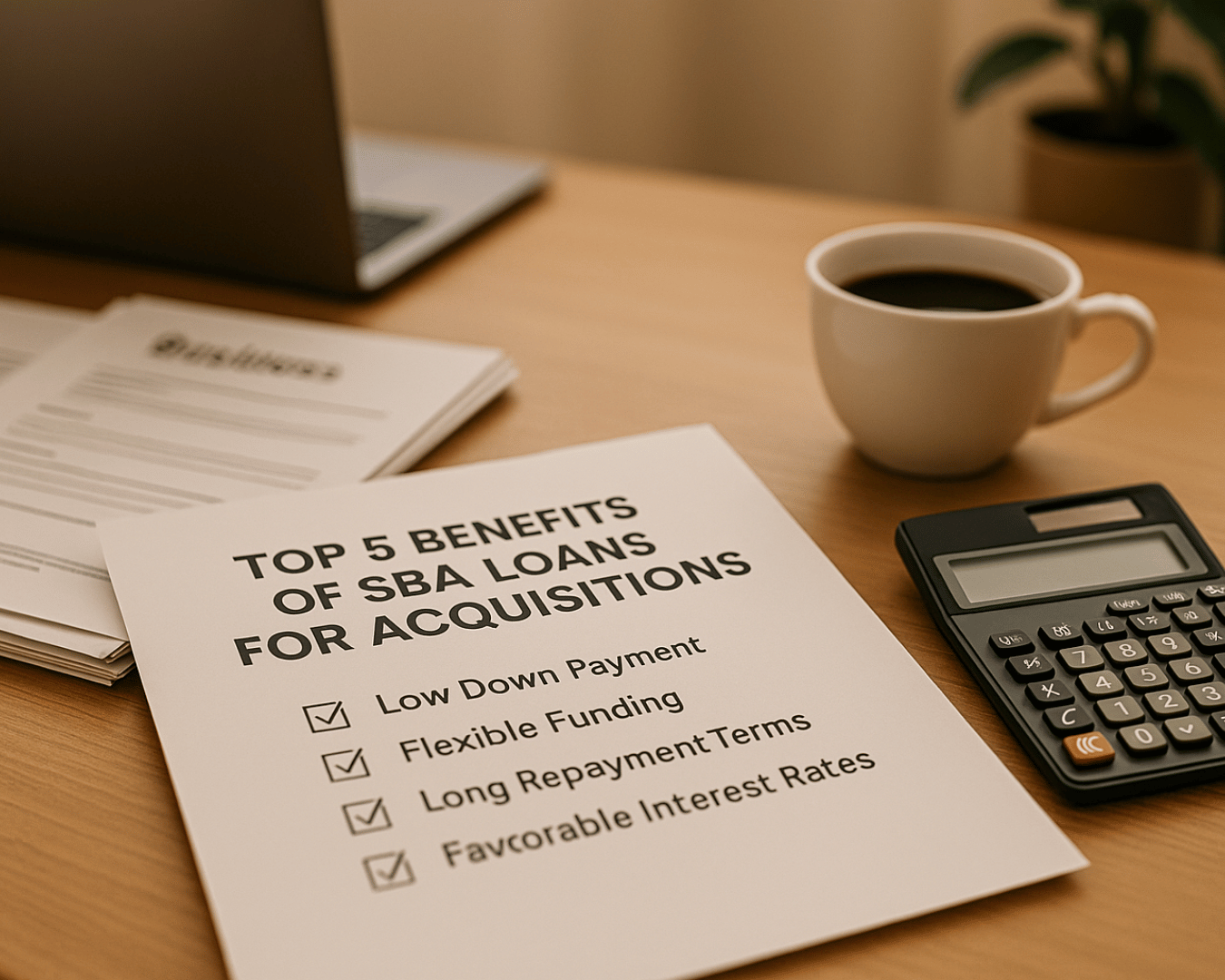

.png)
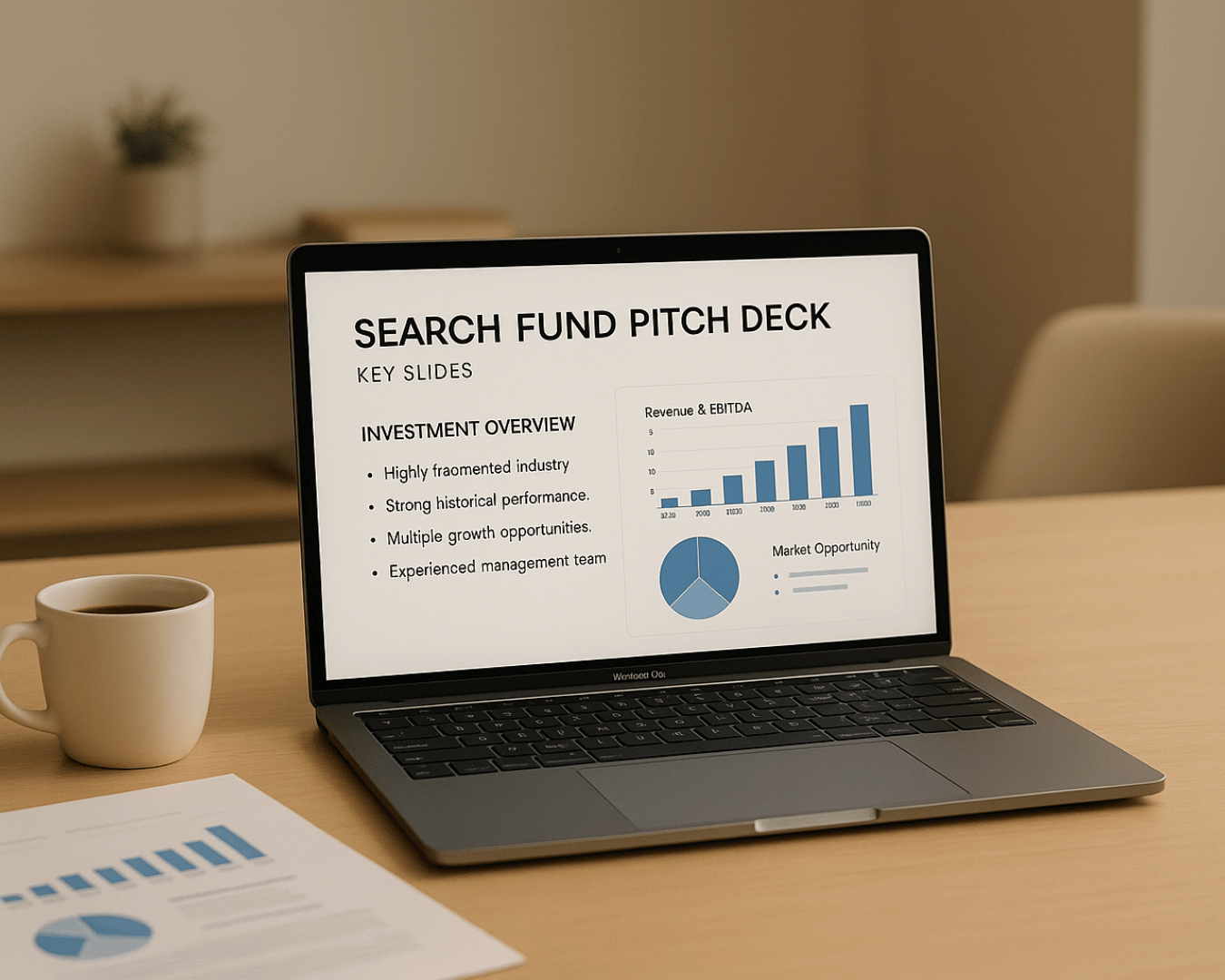
















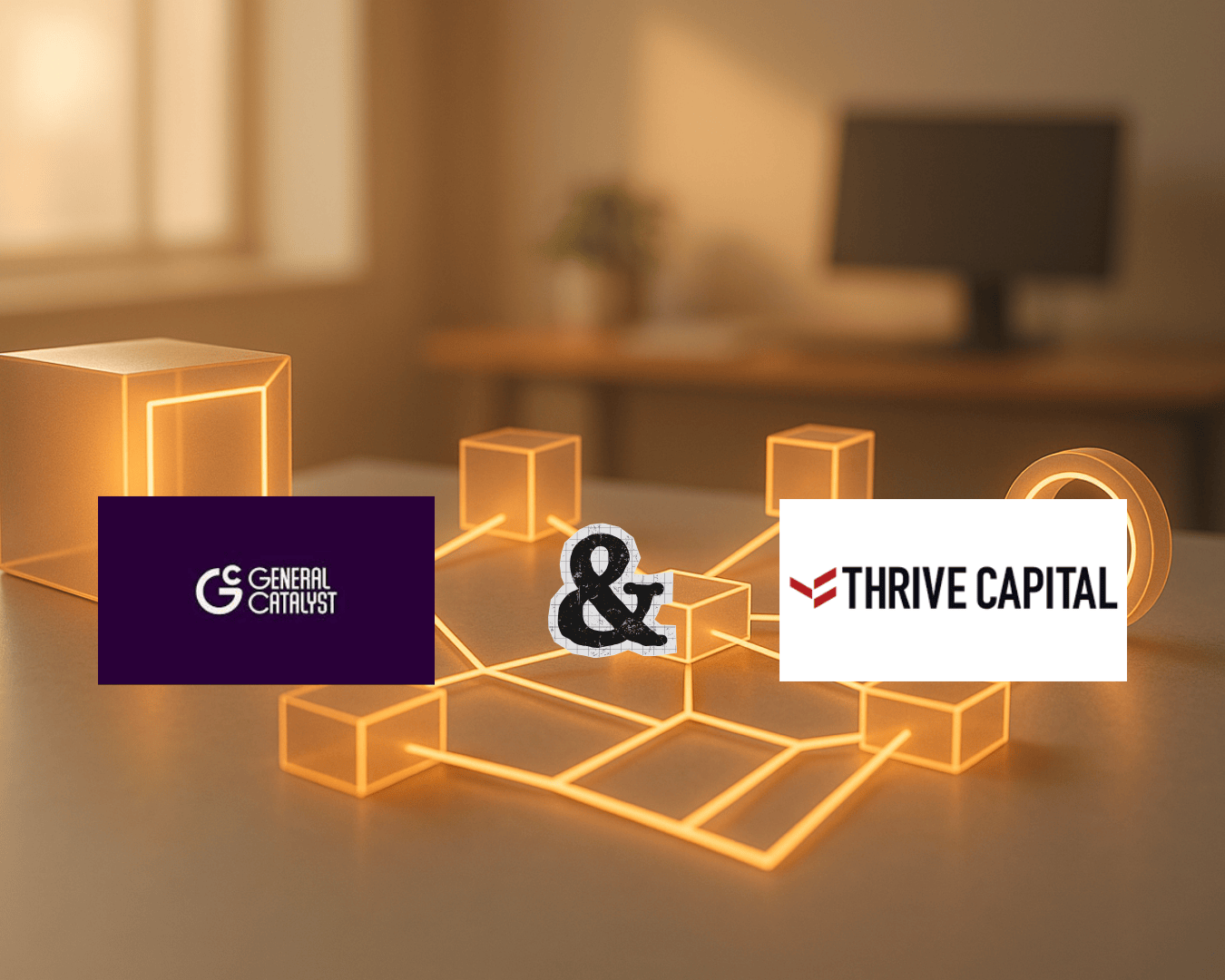







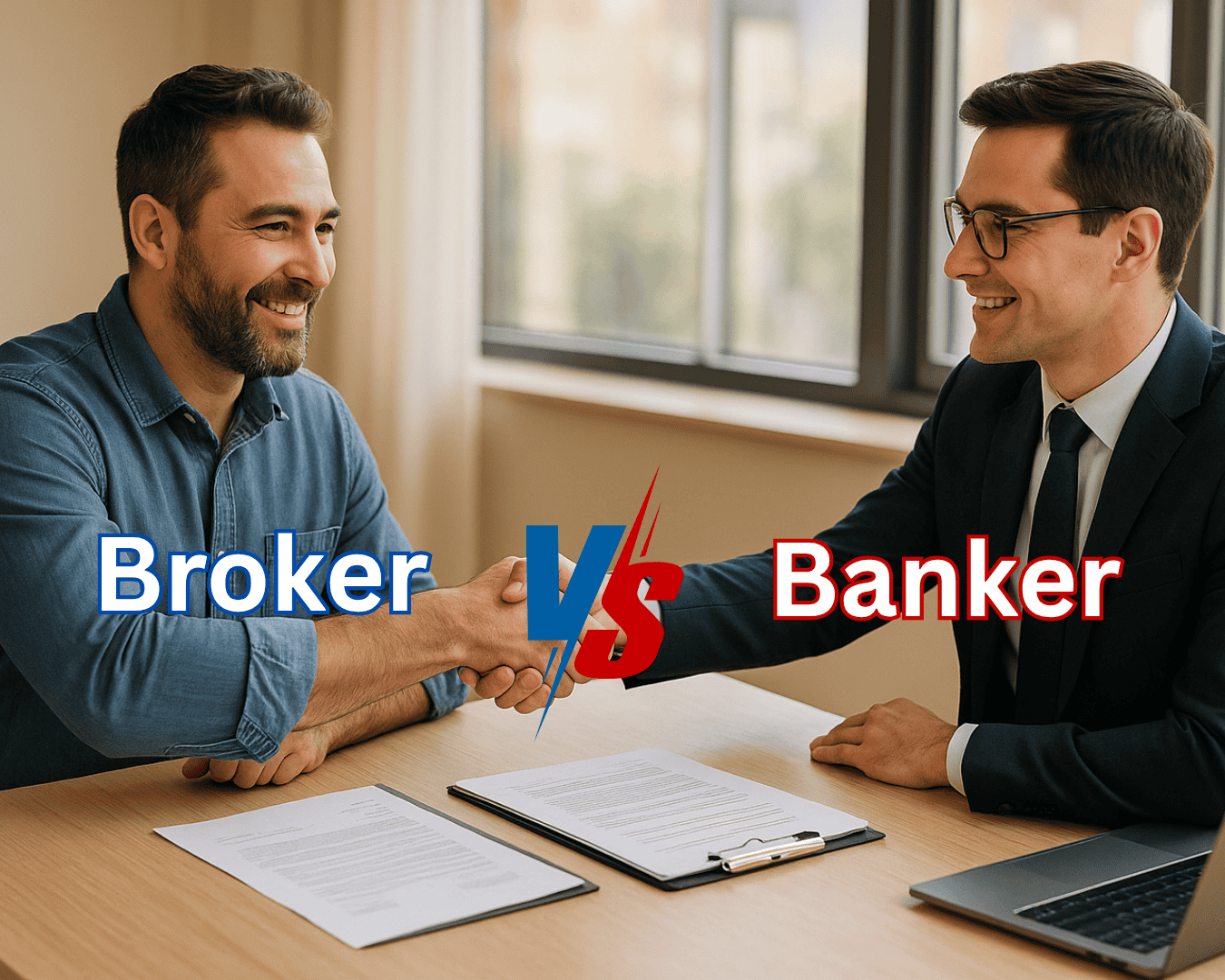



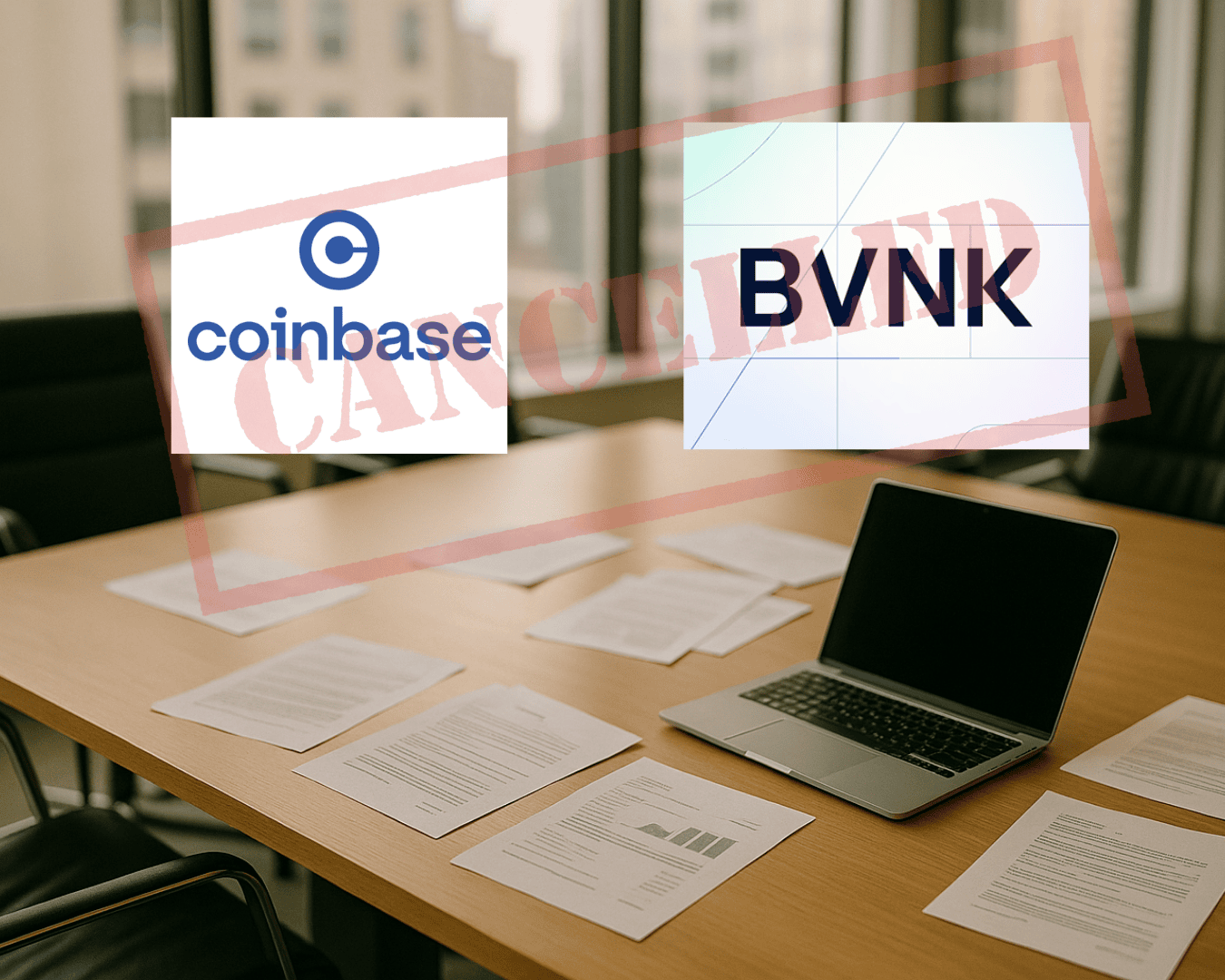









.png)

